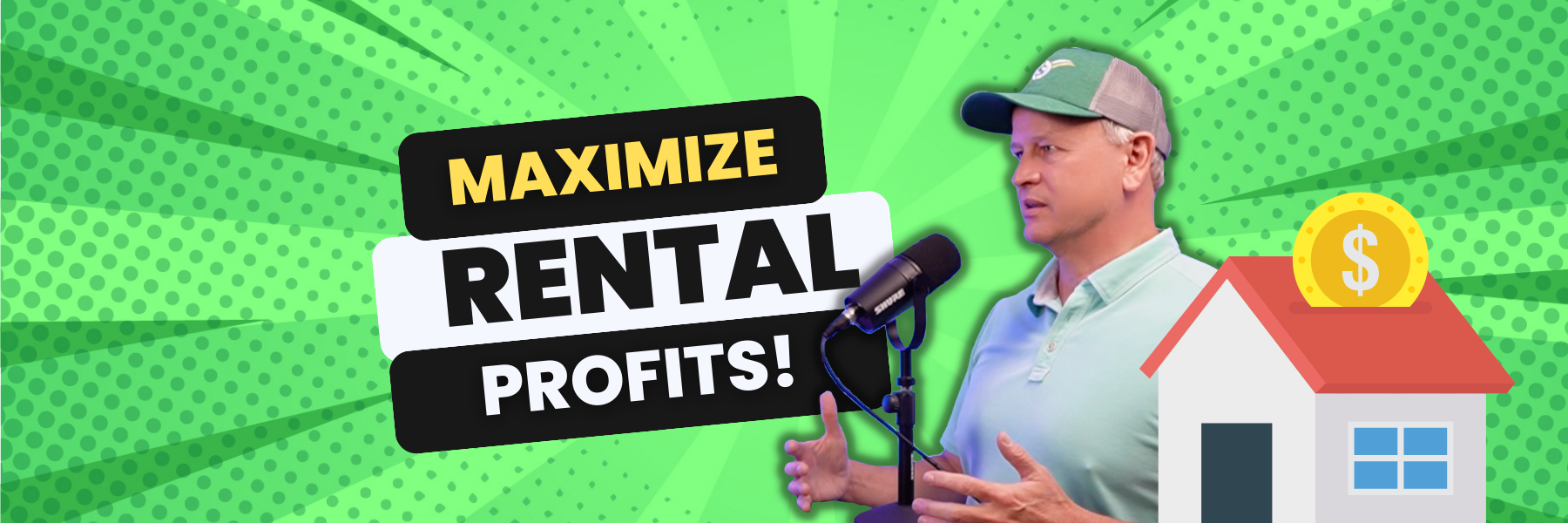Maximizing Rental Profits: Ensuring Your Property Makes Money
In order to be successful in real estate investing it is crucial that you maximize your profits on rental properties. Previously we discussed the roadblocks in real estate investing and what needed to be done in order to avoid them. Today we are going to focus on the 4th roadblock, which is rentals. How can you ensure your property makes money? Let’s dive in and find out more.
What makes up monthly costs?
In real estate investing it is important to know your numbers. What exactly does that mean? It all begins by calculating the monthly costs and subtracting them from the rental income. The monthly costs include interest, taxes, insurance, HOA, and flood. Another thing to keep in mind if you plan on using a DSCR loan is the DSCR ratio. This value would be added into the monthly costs as well. Here at The Cash Flow Company we know that numbers are not for everyone! We are happy to help walk you through things to ensure that the property will make money before you dive in!
Does the property cash flow?
Real estate investors need to make sure that the property will make money before diving into the deal. By taking the time to do the calculations, you can quickly determine if the property will have a positive cash flow. Just to clarify, a positive cash flow is created when the rental income is greater than the monthly costs. It is imperative to determine this before purchasing a property, closing on a loan, or beginning a BRRRR. Don’t get into properties if you can’t afford to take losses. You never know what expenses may come up in the future.
The impacts of today’s market.
In today’s market, you need to break even if not make a little money monthly on the rental property. Predictions indicate that rates will be going back down this year to 5.5%. When rates decrease, it allows you to make even more on your investment property by refinancing. This is the ideal situation for a BRRRR, because you will have the opportunity to refinance. It creates the opportunity to take advantage of a lower rate, while capturing the equity. A DSCR on the other hand has prepayment penalties that could affect your ability to refinance. What do we mean by prepayment penalties? A prepayment penalty is a percentage of the remaining balance that will be charged if you pay off the loan early, refinance, or sell the property. While no one has a crystal ball predicting the future, it is important that you take everything into consideration beforehand.
The fine line between being approved or denied for a loan.
For a DSCR loan as well as many others, loan approvals are becoming more challenging. Whether it’s changes in your credit score or the DTI, investors walk a fine line. Being denied could cost $5K to $10K in earnest money. In looking at a BRRRR, if you have a fix and flip loan, bridge loan, or even a hard money loan, you may not be able to refinance it due to the bank’s requirement changes. The increased interest rates that are associated with the requirement changes could cause your property to have a negative cash flow as opposed to a positive one. When you are looking at investing in rental properties it is imperative that you are approved for financing prior to going shopping.
In conclusion.
Real estate investing is heavily reliant on funding and leverage. It is a high intensity business that is reliant on someone else giving them money at a rate that makes sense. Whether you are just starting out or you are a seasoned investor, it is important that you understand numbers. In doing so, you will create the wealth you need to succeed in this business.
How can you start Maximizing Rental Profits and Ensuring that Your Property Makes Money? Watch our most recent video to find out more!
Not sure where to begin or how to do the calculations to ensure cash flow? Contact us today! We are happy to walk you through the numbers.










